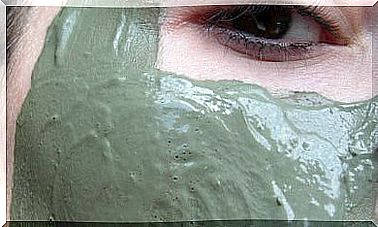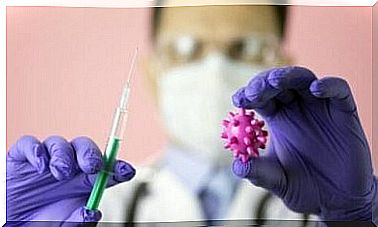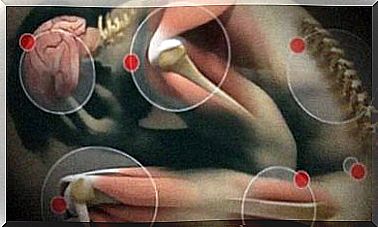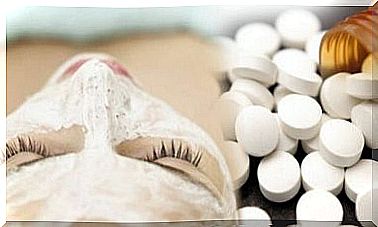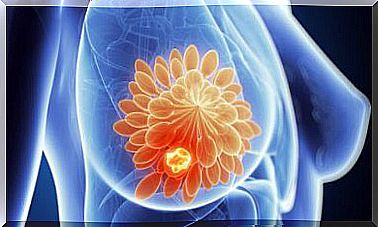Urinary Tract Infections In Children
Urinary tract infections can be serious and leave traces in the kidneys. For this reason, it is good to know the symptoms as this will allow you to get your child to the doctor quickly and initiate the right treatment.
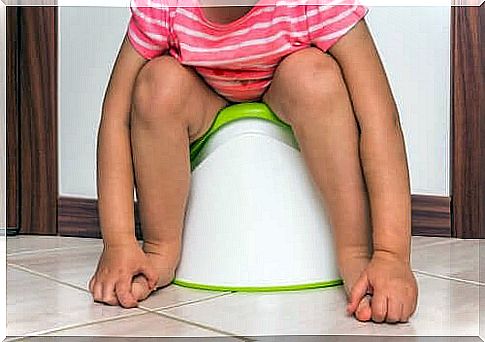
Urinary tract infections in children are quite common. It is usually caused by bacteria that penetrate through the urethra and into the bladder or kidneys. In this case, a doctor’s visit is necessary in order to initiate the correct treatment as soon as possible.
In today’s post, learn more about urinary tract infections in children and how they are usually treated.
Urinary tract infections in children
Most urinary tract infections are caused by intestinal bacteria that rise through the urethra and lead to various symptoms. If there are no symptoms, it is called asymptomatic bacteriuria.
Depending on where exactly the infection is spreading, a distinction is made between different types:
- Acute pyelonephritis (inflammation of the renal pelvis and parenchyma)
- Lower urinary tract infections (cystitis or bladder infection)
The most common bacteria that cause infection in this area are: P rotus, Klebsiella, enterobacteria, streptococci and Staphylococci . In infants, too, can often Li steria monocytogenes and enterococci cause infection.
As already mentioned, urinary tract infections are very common in children, which often occur more than once and can lead to complications. It is therefore of the utmost importance to see a pediatrician as soon as possible and initiate treatment.
Urinary tract infections in children: symptoms
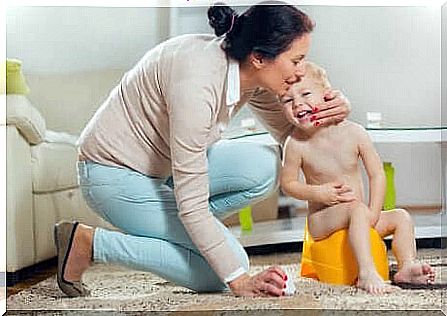
Symptoms can vary depending on the age of the child. It is more difficult to identify the problem in infants under six months of age. However, some signs usually appear at any age. These include fever (over 37ºC) and painful urination.
Other very common symptoms are:
- Pain and a burning sensation when urinating
- fever
- Pain in the bladder area
- bad odor in the urine, cloudy urine or blood in the urine
- Irritability and vomiting
- general malaise and chills
- increased need to urinate, even when there is little urine
In acute pyelonephritis , symptoms are usually more serious. In these cases there is a high fever, tiredness, exhaustion, vomiting and the inability to eat.
There are also several risk factors associated with urinary tract infections in children. The most common of these are:
- Problems with the urinary system (for example, obstruction of the urinary tract)
- Kidney malformation
- Vesicorenal reflux (backflow of urine from the bladder via the ureters to the kidneys)
- Lack of hygiene
How are urinary tract infections diagnosed in children?
After a physical exam, a urine sample is analyzed. This allows the specialist to determine what type of infection it is and thus prescribe the correct treatment.
How the urine is collected for this analysis depends on the age of the child. Older children can simply use a sterilized cup and fill it with urine. Babies who are still using diapers will usually need a catheter to get a urine sample.
How are urinary tract infections treated in children?
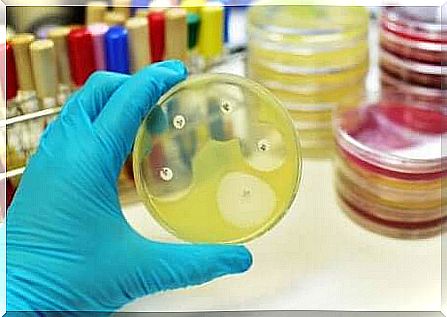
Urinary tract infections are usually treated with antibiotics. After this drug therapy, the doctor may do a new urinalysis to confirm that the infection is no longer present. This can prevent the causative bacteria from spreading to other areas of the body or from returning.
In severe cases, hospitalization may be necessary. Especially if the child is less than six months old, the kidneys are affected or there is a risk of dehydration.
Recommendations to parents
- At the first symptoms, you should take your child to the doctor quickly and have them examined.
- Once diagnosed , it is important to follow the specialist’s instructions and properly give the little patient the prescribed antibiotics. Pay attention to the prescribed amount, frequency and duration of the therapy!
- You will also need to monitor your child’s frequency of urination. If they can already speak, ask if they are in pain.
- Make sure that your little one drinks enough. Because there is a risk of dehydration. However, your child should avoid soft drinks and tea, in this case water is best!
- If your child is still wearing diapers, you should change them frequently as a precaution to ensure good hygiene.
- Older children who already go to the bathroom on their own need proper instruction in order to adopt healthy hygiene habits. For example, teach your daughter to clean herself from front to back. This prevents bacteria from being carried over to the front area.
- Buy your child’s cotton underwear and avoid synthetic fabrics that hinder perspiration.
Urinary tract infections are usually mild and can easily be treated with antibiotics. Whenever you have any doubts, you should always consult your pediatrician. Don’t forget to take the right hygiene measures and teach them to your child too!

